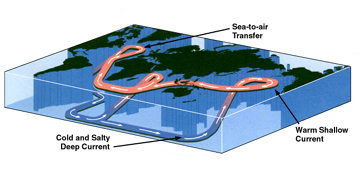A schematic showing the ocean "conveyor belt", where surface waters sink, enter deep water circulation, then resurface after slowly flowing through the deep ocean.
Click on image for full size
Windows to the Universe original image
The Deep Waters of the Ocean
Do you know how deep the
ocean is? In a lot of places, it is as deep as some of the mountains on Earth are tall. When we swim in the ocean or go sailing on the ocean, we are in
the surface waters of the ocean. But, most of the water in the ocean is in the deep ocean.
The deep ocean isn't directly affected by wind or storms or waves or tides. The deep waters in the ocean are in layers. The top layers are less dense than the bottom layers. All of the deep ocean water is very cold and salty!
Some of the water on the surface of the ocean sinks to the deep parts of the ocean. Then the water spends a long time (thousands of years, sometimes!) in the deep part of the ocean. Then the water comes back to the surface. The picture above shows that. Take your finger and trace a path that the ocean water could take. Can you see a way that the ocean water could take a different path?
You might also be interested in:
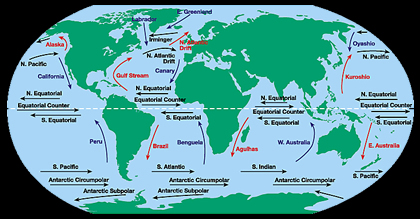
The water at the ocean surface is moved by powerful wind. The wind is able to move the top 400 meters of the ocean. This moving water is called surface ocean currents. Surface ocean currents form large
...more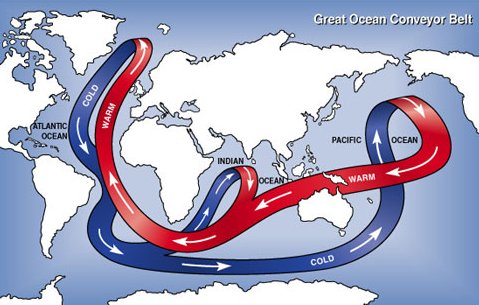
The world’s oceans, the Pacific, the Atlantic, the Indian, the Arctic, and the Southern Ocean, have different names, but they are really not that different. Water moves between them all the time. So they
...more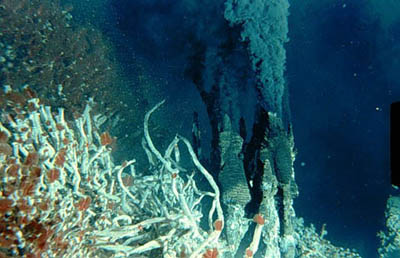
The deep ocean can be a difficult place to live. The water is very cold and it’s always dark there. Sunlight can not get down that far. It’s not always easy to find food. For some animals, food comes
...more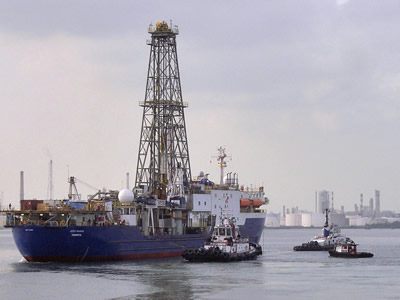
A team of scientists is out in the Pacific Ocean by the equator in order to collect sediment cores from the ocean floor. The sediment cores contain information about the Earth's past climate that will
...more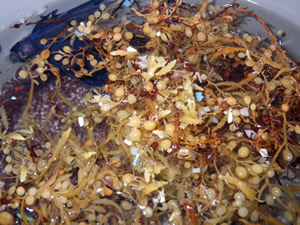
A team of researchers from the Sea Education Association (SEA), Woods Hole Oceanographic Institution (WHOI), and the University of Hawaii (UH) has conducted a study of plastic debris in the ocean. Certain
...more
This page describes environments that are filled with acids, are blasted with radiation, are under high pressure, or are tough places for most living things in other ways. It is easy for living creatures
...more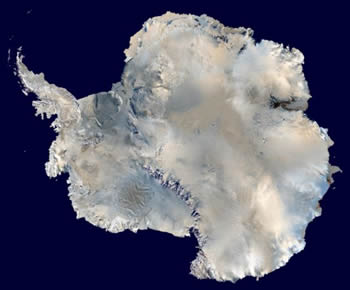
It is easy for living creatures to survive and grow in some places. Other places make it tough for life to get by. Scientists call places that are hard on life "extreme environments". What kinds of places
...more


